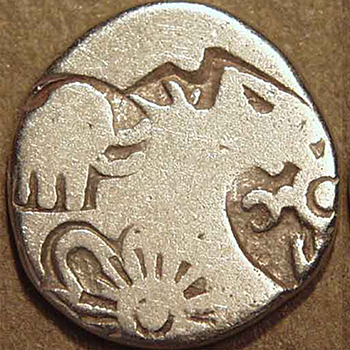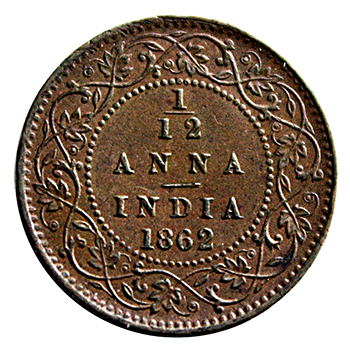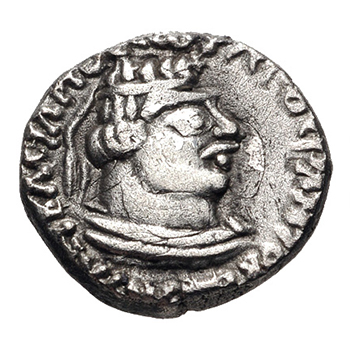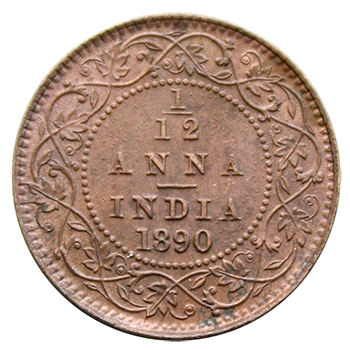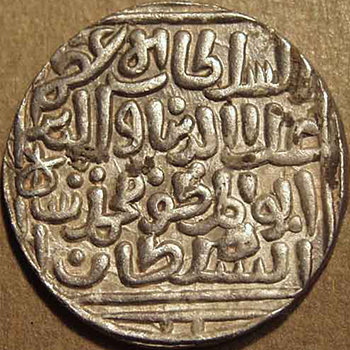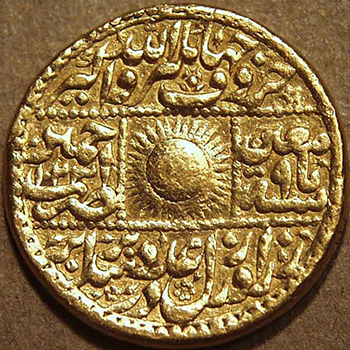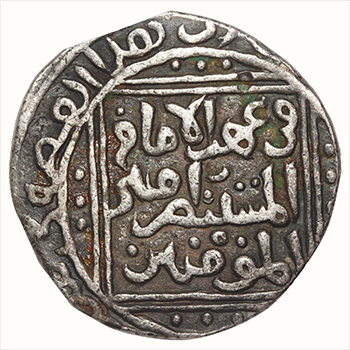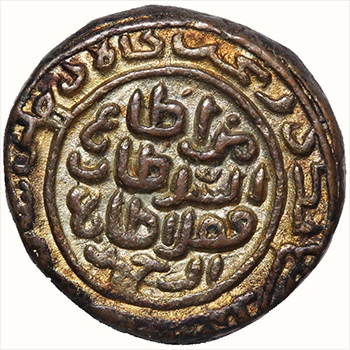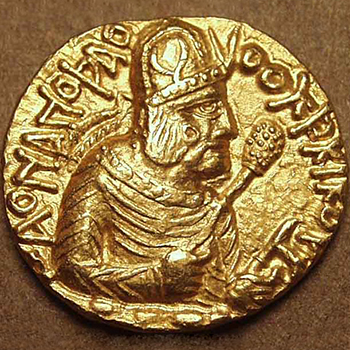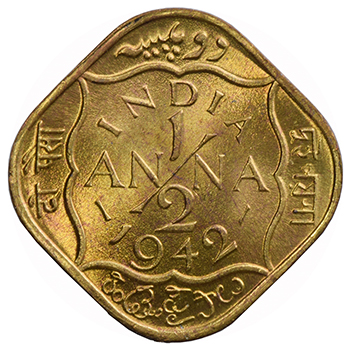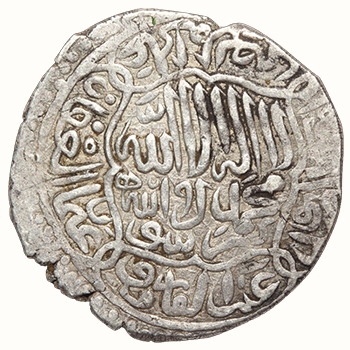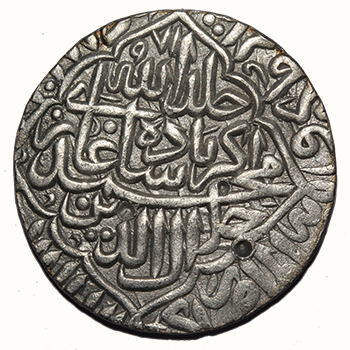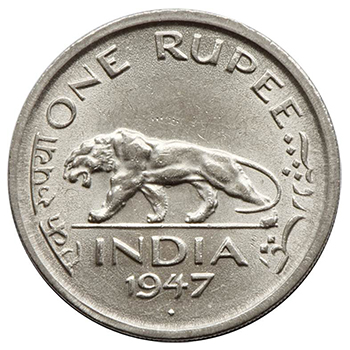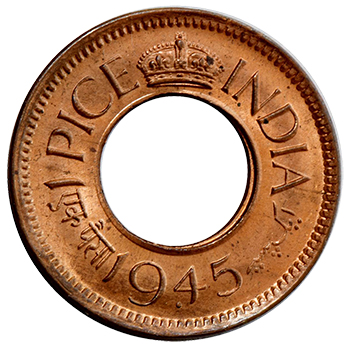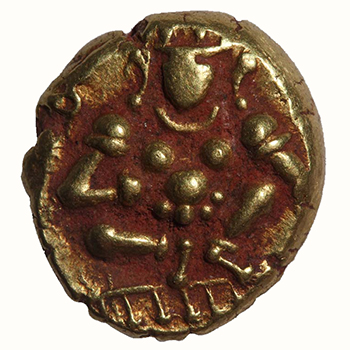Sher Shah was one of the greatest Muslim rulers in India. He served in the Lodi military, ending up in Bihar and eventually gaining a position of power there. When the Mughals defeated the Lodis, the sultanate started to fragment, and Sher Shah took the opportunity to consolidate his power and even extend it east into Bengal and west into what is now Uttar Pradesh. In his short reign of 7 years (1538-45), Sher Shah transformed northern India. He built four major roads criss-crossing his empire and provided them with fruit trees all along, with rest stops and wells at periodic intervals. He also minted a substantial amount of coin, introducing the 11 gm silver rupee to replace the 10 gm billon tanka and also providing copious copper coinage based on the paisa. The provision of roads and coins combined to facilitate trade, and the economy must have boomed. The monetary reforms persisted after the Suri reign ended; even today, India's currencies are the rupee and paisa. The system of tri-metalism that came to characterise Mughal coinage was introduced by Sher Shah Suri. While the term rupya had previously been used as a generic term for any silver coin, during his rule the term rupee came to be used as the name for a silver coin of a standard weight of 178 grains, which was the precursor of the modern rupee. Shar Shah died in an unfortunate accident when a rocket his own forces had fired rebounded onto a pile of ammunition near where he was situated. He was mortally wounded in the blast.
Artist/Creator/Designer: Sur dynasty
Category: Evolution of Coin Design in India
Period: (1500-1599) C.E
Media: Coin
Material: Silver
References: https://coinindia.com/galleries-suri.html

